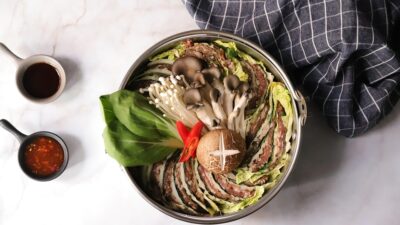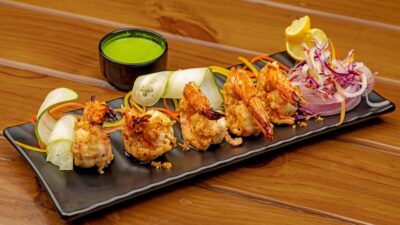Japanese cuisine is famously diverse, with offerings that span savory dishes to intricate desserts. Among the most celebrated components of Japanese sweets is the incredible variety of traditional confections known as wagashi. These sweets, often characterized by their delicate aesthetics and seasonal ingredients, provide a delightful exploration into Japanese culture and culinary art. In this article, we will dive into the enchanting world of Japanese sweets, specifically focusing on mochi, wagashi, and other delectable treats.
What is Wagashi?
Wagashi refers to a broad category of traditional Japanese confections that are typically enjoyed with green tea. These sweets are not only meant for consumption but also serve as an art form, often reflecting the natural beauty of the seasons. Made with ingredients such as rice flour, red bean paste, and fruits, wagashi can be both intricate and simple, making them suitable for various occasions—from formal tea ceremonies to casual snacking.
A Brief History
The origins of wagashi can be traced back to ancient Japan, influenced by both local resources and cultural exchanges with neighboring countries. Historically, they were crafted for celebratory occasions and seasonal festivals, with recipes evolving over time to reflect changing tastes and ingredients. Today, wagashi is still highly regarded, and many artisans dedicate their lives to perfecting these traditional sweets.
Mochi: The Chewy Delight
One of the most well-known types of Japanese sweets is mochi. This sticky, chewy rice cake is made from glutinous rice that is pounded into a paste and molded into various shapes. Mochi can be enjoyed on its own or filled with various sweet fillings, notably anko, a sweet red bean paste.
Variations of Mochi
-
Daifuku: This variation features a filling encased in mochi. Popular fillings include sweet red bean paste, ice cream, or fruit. The combination of the chewy exterior and the sweet filling makes daifuku a beloved treat.
-
Mochi Ice Cream: A modern twist on the traditional mochi, this dessert features ice cream wrapped in a layer of mochi. These come in a variety of flavors, allowing for a delightful fusion of textures and tastes.
- Kuzumochi: A different take on mochi, kuzumochi is made using kuzu starch, giving it a distinct gelatinous texture. Usually served chilled with syrup, it’s a refreshing treat in the hot summer months.
Types of Wagashi
1. Nerikiri
Jerikiri is a handcrafted sweet made from a mixture of white bean paste and glutinous rice flour. The dough is carefully molded into intricate shapes resembling flowers, leaves, or animals. This artistry is often done to reflect the seasons, with designs changing throughout the year.
2. Yokan
Yokan is a gelatin-like dessert made primarily from red bean paste, sugar, and agar. It has a silky texture and is typically served in rectangular slices. Yokan can be flavored with various ingredients such as matcha or chestnuts, and it’s commonly enjoyed with tea.
3. Manju
Manju refers to a steamed bun made with a flour-based dough, filled with sweet fillings that may include red bean paste or custard. Manju can be found in various shapes and sizes, making them a versatile treat.
Seasonal Sweets: A Reflection of Nature
One of the most captivating aspects of Japanese sweets is their close association with nature and the seasons. Each season brings a new array of flavors and ingredients, observed through the design and presentation of wagashi.
-
Sakura Mochi: A springtime treat, sakura mochi features a pink-hued mochi filled with red bean paste and wrapped in a pickled cherry blossom leaf. It beautifully encapsulates the essence of cherry blossom season.
-
Kuri Manju: In autumn, kuri manju, made with chestnut filling, celebrates the harvest season with its earthy flavors.
- Ichigo Daifuku: Available during strawberry season, this sweet features a whole strawberry wrapped in red bean paste and encased in mochi, capturing the freshness of spring.
The Modern Influence
While traditional sweets are deeply rooted in Japan’s history and culture, modern innovations continue to push the boundaries of wagashi. Chefs and confectioners are experimenting with flavors, textures, and presentation, leading to unique creations that appeal to a global audience. International influences have introduced new ingredients, leading to exciting fusions that might incorporate tropical fruits or chocolate into the beloved wagashi.
Conclusion
Exploring the world of Japanese sweets is much like embarking on a culinary adventure through time and culture. From the chewy delight of mochi to the artfully crafted wagashi, each sweet tells a story and offers a taste of Japan’s rich heritage. Whether you’re savored with a cup of matcha in a tea ceremony or enjoyed casually with friends, these delightful treats are sure to leave a lasting impression—one bite at a time. Whether you’re a connoisseur of Japanese cuisine or a curious newcomer, the enchanting world of Japanese sweets offers something for everyone to experience and enjoy.



